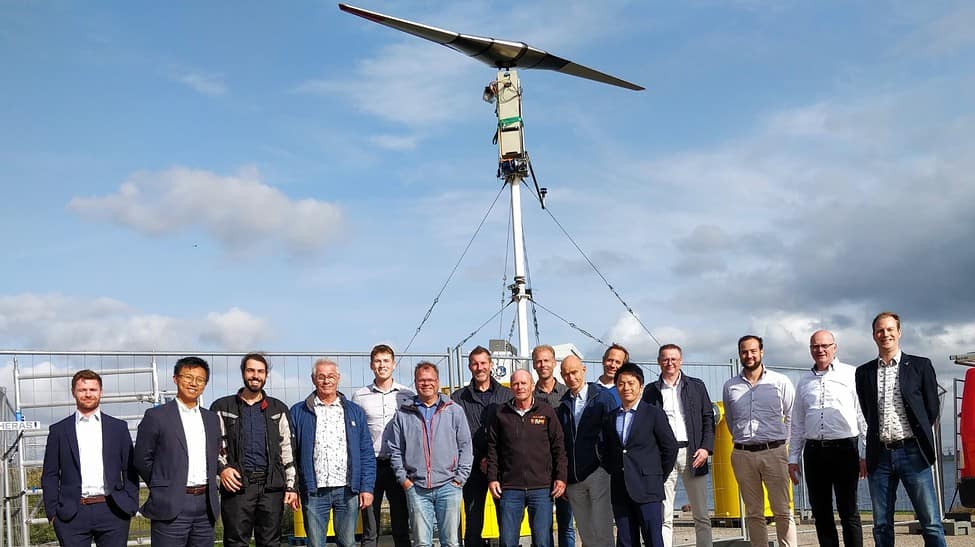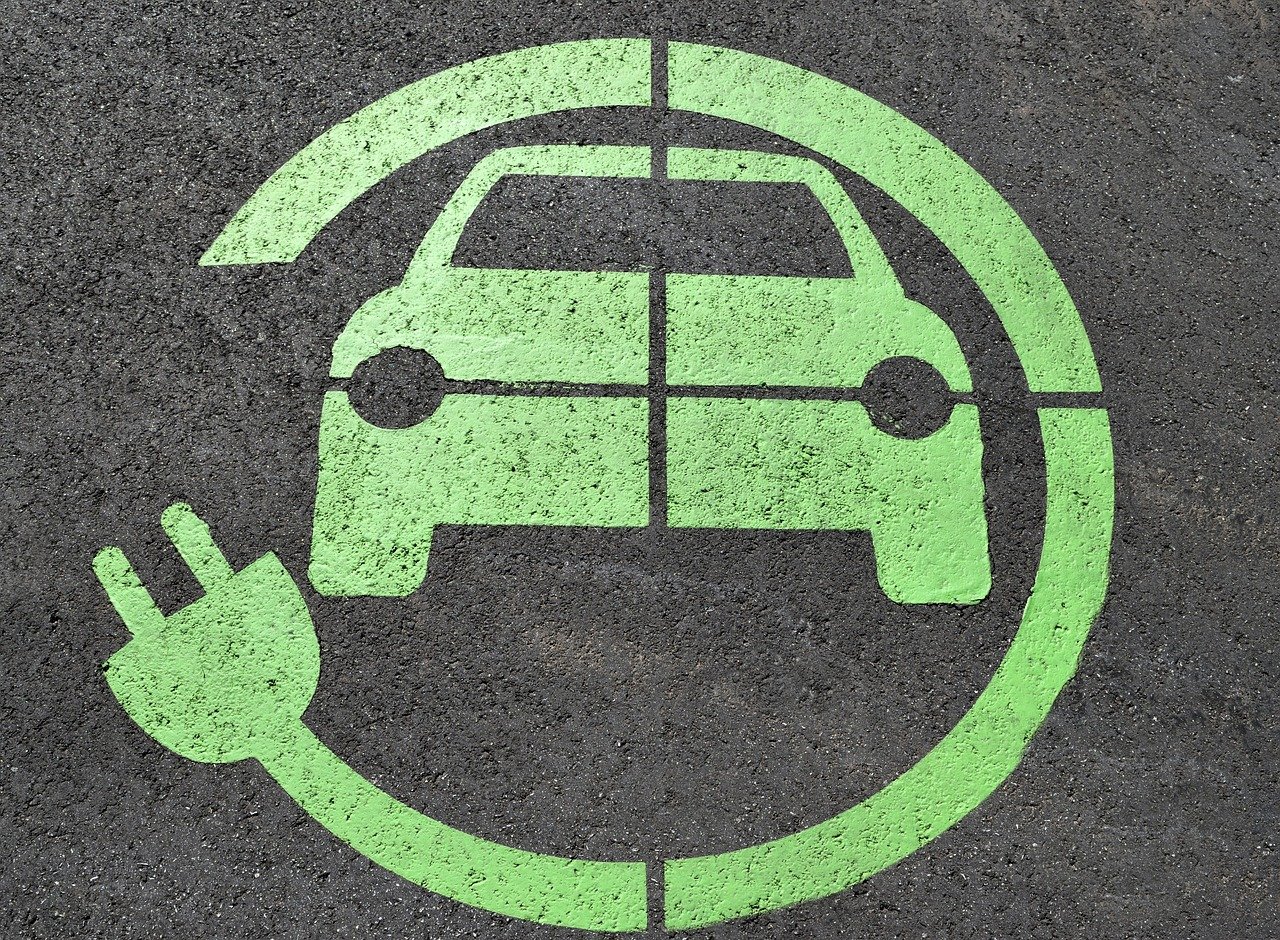Event organizers have always had a responsibility to properly manage the health and safety risks for all event attendees, including team members, volunteers, contractors and members of the public. Now though, as the threat of the pandemic loses some of its grip and event doors reopen across the world, it’s more important than ever to create safe events for all.
Some key emerging technologies are revolutionizing the way events are run, including facial recognition, radio-frequency identification, artificial intelligence (AI), chatbots and more. Many of these also allow for greater control when it comes to socially distanced crowd management.
Regardless of covid-related conditions, however, there are six key steps that businesses must take when planning a safe event – vital components to superior crowd management that will ensure that the occasion runs safely and smoothly.
1. Comprehensive planning
Adopting a comprehensive crowd management strategy is imperative to running an enjoyable event that is also safe, and this should form part of the earliest planning stages. If you are planning on handling it in house, it is essential to consult with many key figures both within and external to your organization. These figures include:
- Team leaders/heads of department
- The venue owner
- Event contractors
- First responders and emergency services
- Local authorities
- Neighboring businesses and/or any third-parties that may be affected by your event
- Local transportation providers
2. Understanding your event crowd
Depending upon the nature of the event, predicting how many attendees to expect can be a challenge. Additionally, Covid-related restrictions may continue to enforce a maximum number of physical attendees that you must adhere to. Depending upon these regulations, estimates should be based on advance ticket sales, previous turnout numbers and typical attendance figures at similar events. Some businesses have this down to a fine art, while others can be almost entirely at the mercy of the weather, holidays or other clashing special attractions.
Venues have maximum capacity rules to follow, not only for inside the venue, but in the case that there are large numbers of people queuing up outside. Whilst maintaining social distancing measures and any other pandemic-related restrictions, it’s essential to have a contingency plan in place for managing excess numbers, should your event reach or exceed capacity. It is also imperative that the site is easily accessible to everyone, including safe travel routes and facilities for children and guests in wheelchairs.
3. Thoroughly assessing the risks
It may be a legal requirement to assess the risks posed at your event, from bomb threats, to fire and malfunctioning equipment. Considering the risks that can be generated by the crowd itself, however, can be a significant enough challenge on its own.
Aside from the risks that covid poses, the primary health and safety risks that come with event crowds are always related to their movements. Surging and swaying can quickly escalate to trampling and crushing, so investing in the right crowd control safety products is paramount. This goes for whilst they are concentrated in one spot as well as the times when they are moving through the venue.
Depending on the venue layout, it’s important to consider:
- Staggering the process of entry
- Using fencing to maintain clearance around emergency access routes
- Arranging plastic or concrete barriers to keep vehicles and pedestrians separate
- Navigating attendees away from any areas that could cause bottlenecks (such as narrowing corridors, stairs, turnstiles or gates)
- Employing designated stewards for supervising entry and exit point to keep the guest movements flowing
- Ensuring that pathways between primary attractions remain clear of obstacles
- Making sure that all walkways are very well lit
4. Communicating effectively with the crowd
The most effective way to communicate effectively with attendees will depend upon the nature of the venue and event.
Signage that is clear and prominently displayed is the most effective way to communicate essential information, either with an LED board/digital signage or a fixed notice to show updates. Try positioning these notices so that they are easily identifiable from afar, thus decreasing the need for attendees to stop and crowd around to read the signage. Provide guests with maps – either on promotional material or signs around the venue – to enable them to easily find alternate routes around the venue, including any accessibility issues.
Aside from maps and signage, it can be worthwhile to consider setting up a PA system, and/or employing staff to focus on sharing information regarding designated areas. For particularly large spaces, an information desk may be necessary.
5. Communicating effectively with the team
Clear lines of communication between event team members is crucial, particularly when crowds become difficult to manage. Two-way radios are still the most reliable approach, although verbal and visual cues may be sufficient in smaller venues.
It’s important to establish a well-understood communication procedure to use during the event. In the unfortunate event of an accident or incident, everyone needs to know exactly what to do, who is calling, where they are located etc. It can help to agree upon codenames in advance to avoid confusion, and to keep a line clear for emergency use only.
6. Review the event
Once the event has come to a close, avoid immediately packing up and heading home, and instead, take the opportunity to review the event with your team whilst every detail is still fresh in everyone’s minds. This is particularly important if incidents have occured that must be considered as part of the review process.
Assessing which approaches worked best and which ones need to be improved upon can ensure that your next event is an even greater success when it comes to a smoothly run and safe event for all.
Final thoughts
The pandemic has challenged the event industry profoundly. Aside from the usual tasks, there will of course be added measures to take to ensure that any event moving forwards is as safe as it can be regarding Covid-19. That is why it is more important than ever to implement exceptional crowd management strategies, or better still, hire professionals to handle all aspects of crowd control and safety for you.







